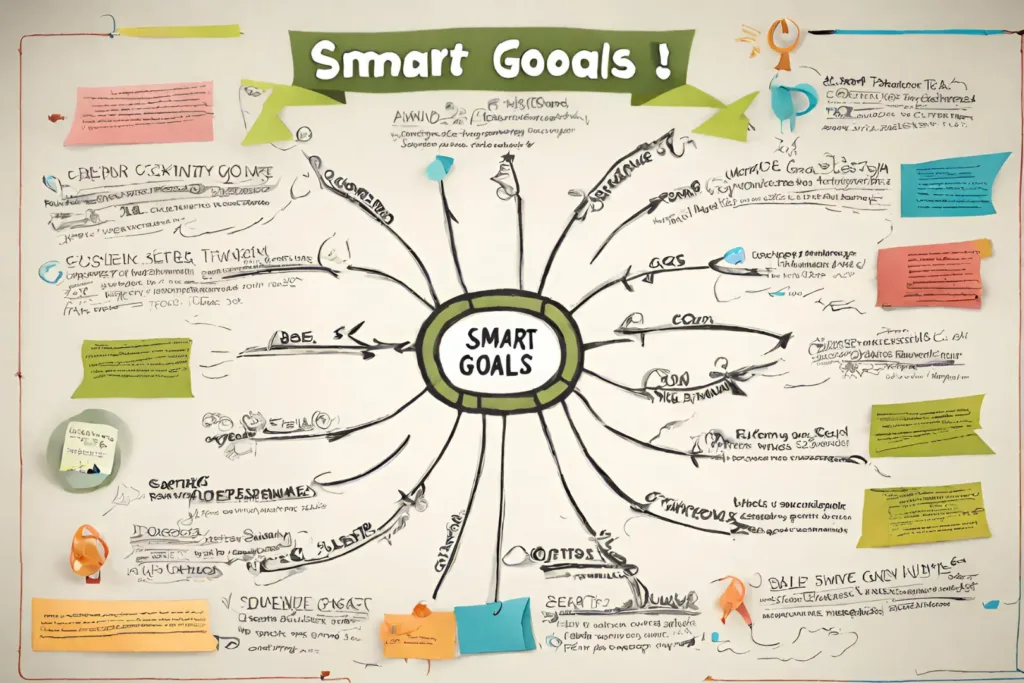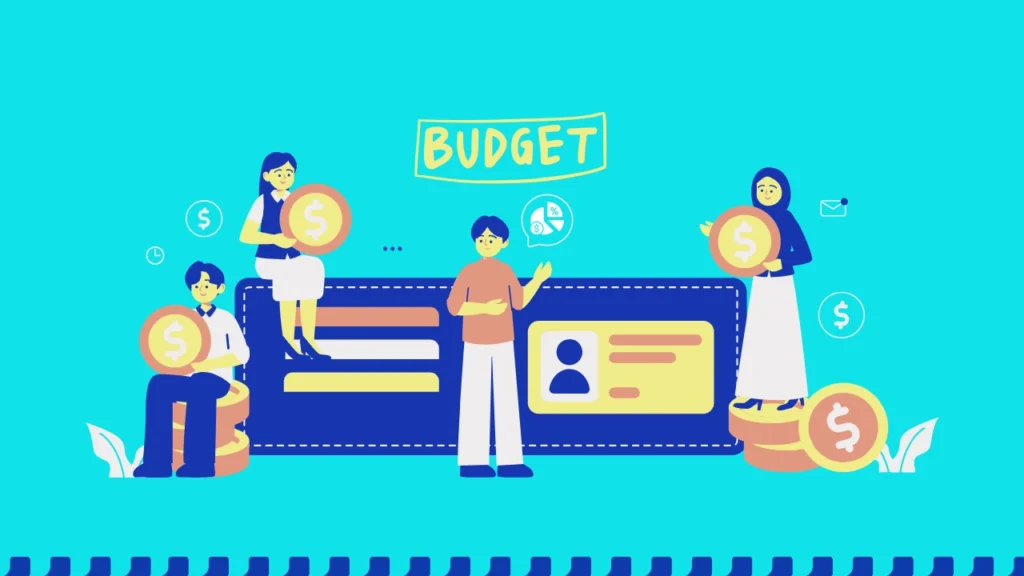Disclaimer: This article is not about the best way for everyone to create their budgets. At the moment, that way simply does not exist! However, this article, most certainly, describes the best way for you to create your budget. If you are okay with this, please read on as I share valuable insights that apply to you.
It is no surprise that creating a budget is the first step towards financial freedom. It is so important because, as basic as it seems, budgeting opens your eyes to your finances and enables you to track your spending, manage your debt, save consistently, and reach your financial goals.
With the plethora of budgeting methods available, you may be unsure about how to optimize your budgeting. What really is the best way for you to create a budget?
This article is the ultimate guide to creating a budget that works for you! I will share insightful tips for creating a budget that aligns with your lifestyle and financial goals. Follow me.
How to Create a Budget that Works for You
The following steps are necessary to optimize your budgeting process and achieve your financial goals.
Step 1: Know Your Financial State
The first step to creating a budget that works for you is gaining an accurate perspective of your current financial state.
One, you need to know your estimated net income after statutory deductions and taxes. What do you earn? Do you have an allowance? Do you get bonuses or cash prizes? Is there an asset you recently monetized? Calculate your total income.
Two, think about your routine expenses. How much do you spend on housing, feeding, transportation, airtime, and so on? Look through your bank statement to determine what really takes a chunk of your money. By doing so, you will realize areas that you can cut back on and save money.
Step 2: Set SMART Financial Goals

If you were a second-year undergraduate with a monthly allowance of $250 and a part-time job at a restaurant earning an average of $500 per month, your average income would be $750. There is only so much you can accomplish with $750 per month, so your financial goals must be SMART, or you could live a poor quality of life.
Whether you want to save to purchase a house, pay off debt, or build an emergency fund, defining your financial goals will help you focus your budgeting efforts. You’ll be able to figure out what you need to give up to achieve financial freedom. What are your short-term, medium-term, and long-term financial goals?
Step 3: Choose a Budgeting Method
People use a variety of budgeting methods these days, depending on their financial responsibilities and preferences. Here are some common ones to consider:
50/30/20 Budgeting
Also known as the “balanced money formula,” this strategy recommends allocating 50% of your after-tax income to needs, 30% to wants, and 20% to savings and debt reduction. This method is appropriate for budgeting novices with few financial commitments or debts to repay.
Zero-Based Budgeting
This strategy allocates each dollar of your income to a defined goal, such as savings, transportation, feeding, education, and so on. You are supposed to “zero out” your budget, which means that your income minus your expenses equals 0. This strategy is appropriate for those who can precisely estimate, plan and track their expenses and savings throughout the month.
Envelope System
This is a cash-based budgeting strategy in which you assign a specific amount of money to different categories, such as groceries, entertainment, and transportation, and place each amount in a separate envelope. When an envelope is empty, you discontinue spending in that category for the month. This strategy is appropriate for those who earn in cash or need a tangible system to curtail their spending.
Percentage-Based Budgeting
Similar to the 50/30/20 rule, this strategy involves allocating portions of your income to several categories, but the ratios may fluctuate depending on your financial goals. For example, you could devote 25% to housing, 15% to transportation, 10% to savings, and so on. This strategy is appropriate for individuals who have the freedom to distribute resources properly without being hampered till their next paycheck.
Pay Yourself First
This method prioritizes savings by requiring you to set aside a portion of your earnings as soon as you receive them, before paying any expenses or obligations. This technique is excellent for folks who want their savings to be an inevitable part of their budget. Many people who use this technique automate their savings using budgeting apps.
Bi-Weekly Budgeting
Some people prefer to manage their finances based on their biweekly wages rather than monthly budgets. This makes it easier to track their expenses. This is suitable for business owners or workers who earn on a daily or weekly basis.
Consider your phase of life, financial responsibilities and preferences when choosing a budgeting method. If unsure, you could try different approaches until you find the one that suits you and supports your financial goals.
Step 4: Allocate Your Income Wisely

According to your budgeting method, allocate your resources to your needs, wants, debts, and savings.
Needs are expenses that are necessary for survival, such as housing and food. Typically, they take a chunk of your income, but they should not take all you earn.
Wants are extra expenses that add to your comfort or enjoyment. They typically allow you to upgrade your needs. So, for example, instead of settling for a one-bedroom apartment for your three-person household, you may invest extra in a two-bedroom apartment. While wants improve your quality of life, they should only be allocated a fraction of what you allocate for needs under normal circumstances.
Debts are financial responsibilities stemming from borrowing money, such as student loans, car loans or mortgages. It is only responsible to allocate a reasonable amount towards repaying your debts within the timeframe specified.
Savings are funds set aside to meet future needs, goals or crises. Saving provides leverage for future opportunities while also protecting you when the chips are down. You should try to save as much as possible every month.
Step 5: Track Your Expenses
Using either an expense tracker or Google Sheets, document all your:
- Net Income: Calculate your income after statutory deductions and taxes.
- Expense Categories: Think about your routine expenses. Write them down and categorize them into classes such as Housing, Transportation, Feeding, etc. If I were you, I would also create a category for miscellaneous or unexpected expenses.
- Estimated Expenses: Document the estimated cost of each category of expense that you have projected. You can check through your receipts or bank statements for a clearer picture of your spending habits per category.
- Actual Expenses: As the month progresses, record your actual expenses. Make sure that your actual expenses do not exceed your estimated expenses.
Step 6: Review Your Budgeting Method

Because life is full of twists and turns, what worked for you last month might not work for you this month. Every month, review and adjust your budgeting method to meet your financial goals. Identify areas where you need to be more financially responsible. Also, change your budgeting method or expense tracker where necessary.
What is Your Best Way to Create a Budget?
Remember, there is no one-size-fits-all method for creating budgets. However, the best way for you to create a budget exists. It is meticulously implementing the budgeting approach that is appropriate for your phase of life, financial goals, and responsibilities. So, don’t be scared to change your budgeting strategy until you find what works. If you follow the tips I shared in this article, you, too, can achieve financial freedom!
Frequently Asked Questions
What is the best way to budget?
While there are popular and efficient budgeting methods, such as the 50/30/20 rule, zero-based budgeting, envelope budgeting, percentage-based budgeting, and bi-weekly budgeting, the best way to budget is to adopt the budgeting strategy that works for you!
What is the 50/30/20 rule?
The 50/30/20 rule is a budgeting rule that suggests allocating 50% of your after-tax income to needs, 30% to wants, and 20% to savings and debt repayments.
What are the 6 steps to creating a budget?
The 6 steps to creating a budget are:
- Identify all your sources of income.
- Sum your total income.
- List your fixed and variable expenses.
- Add your estimated expenses.
- Track your expenses.
- Review your budget.




